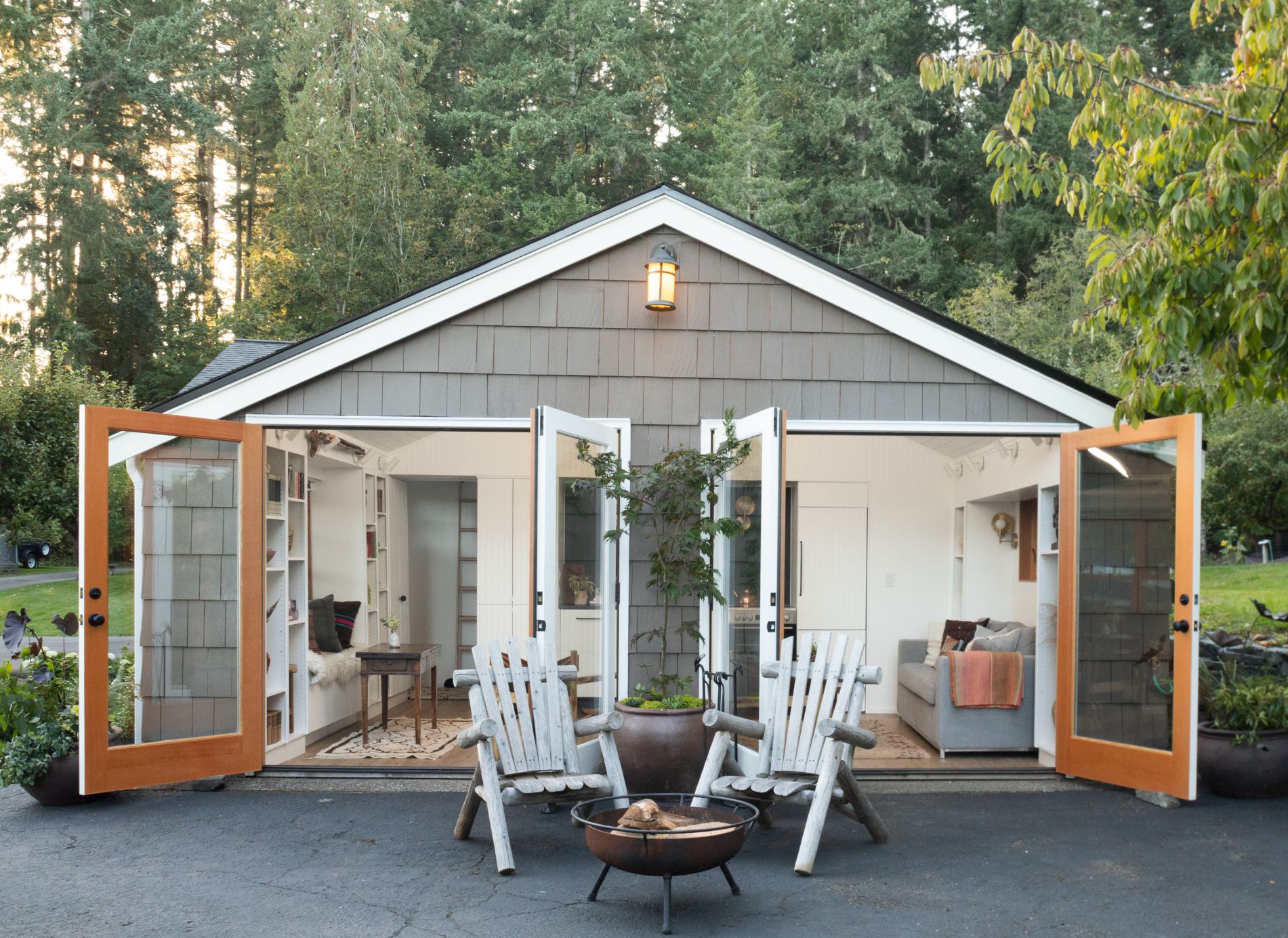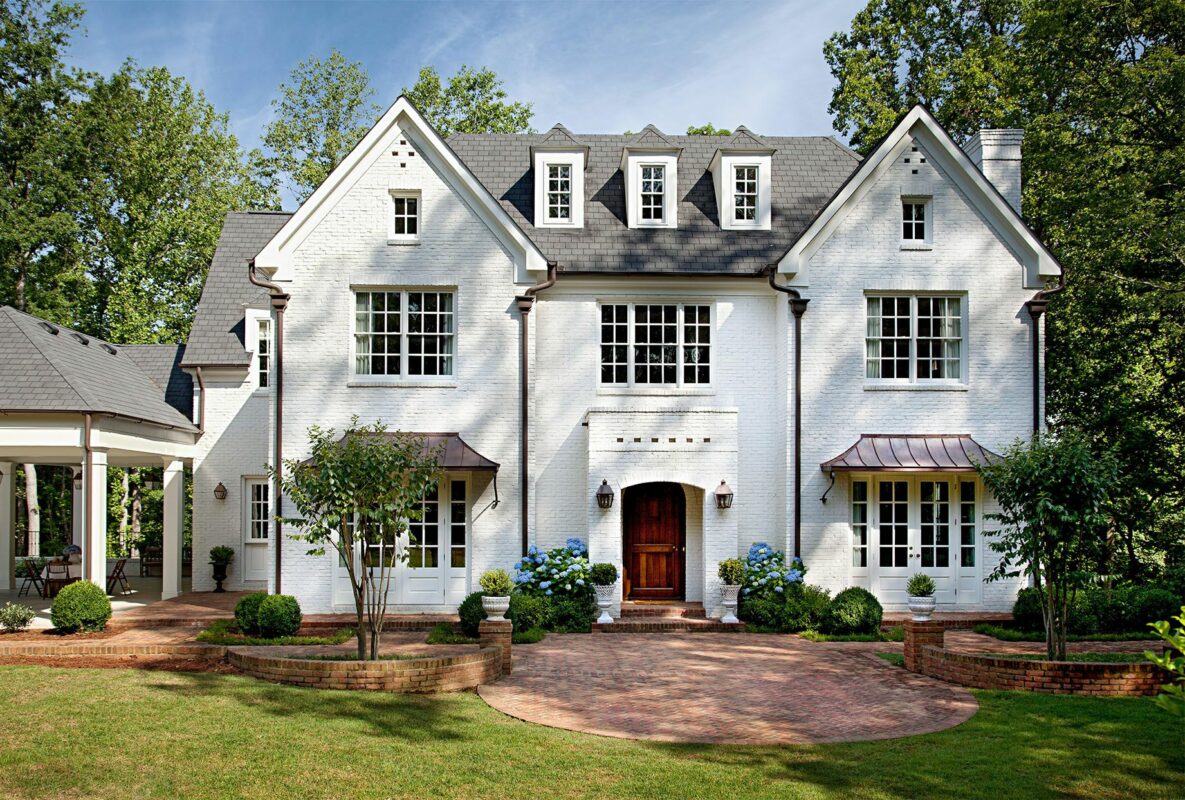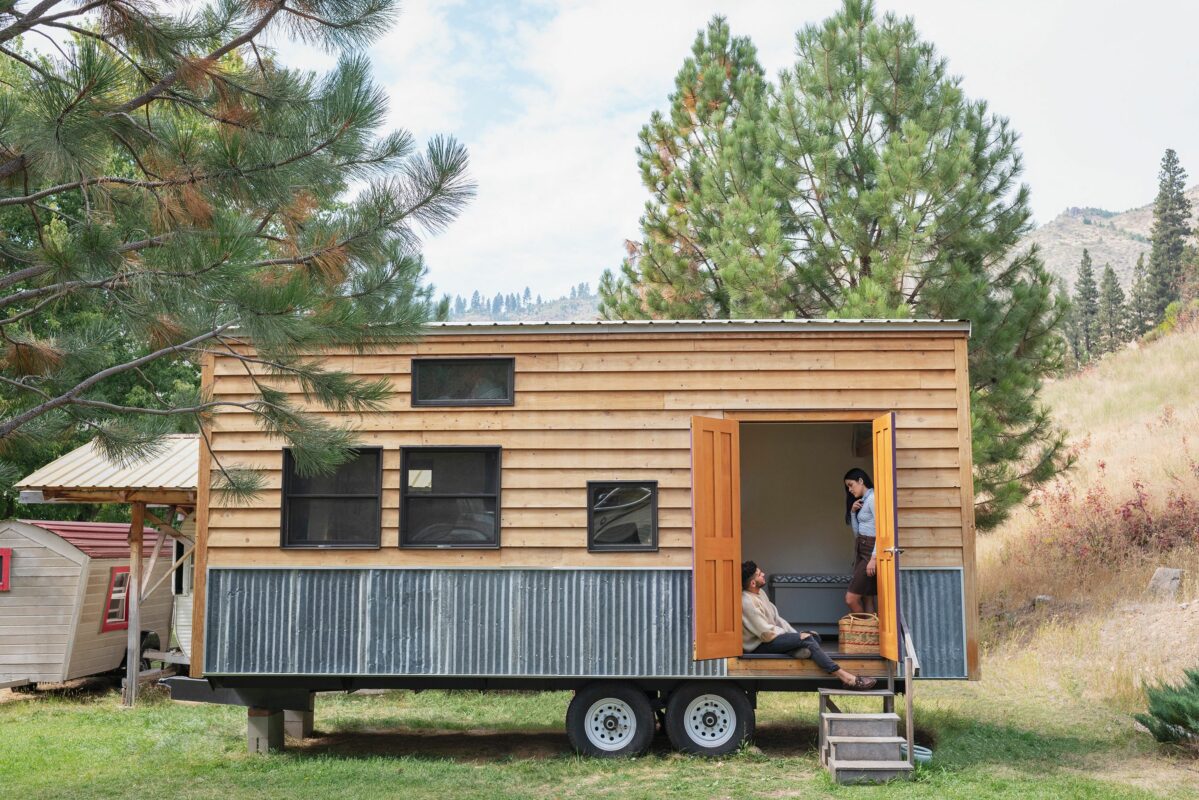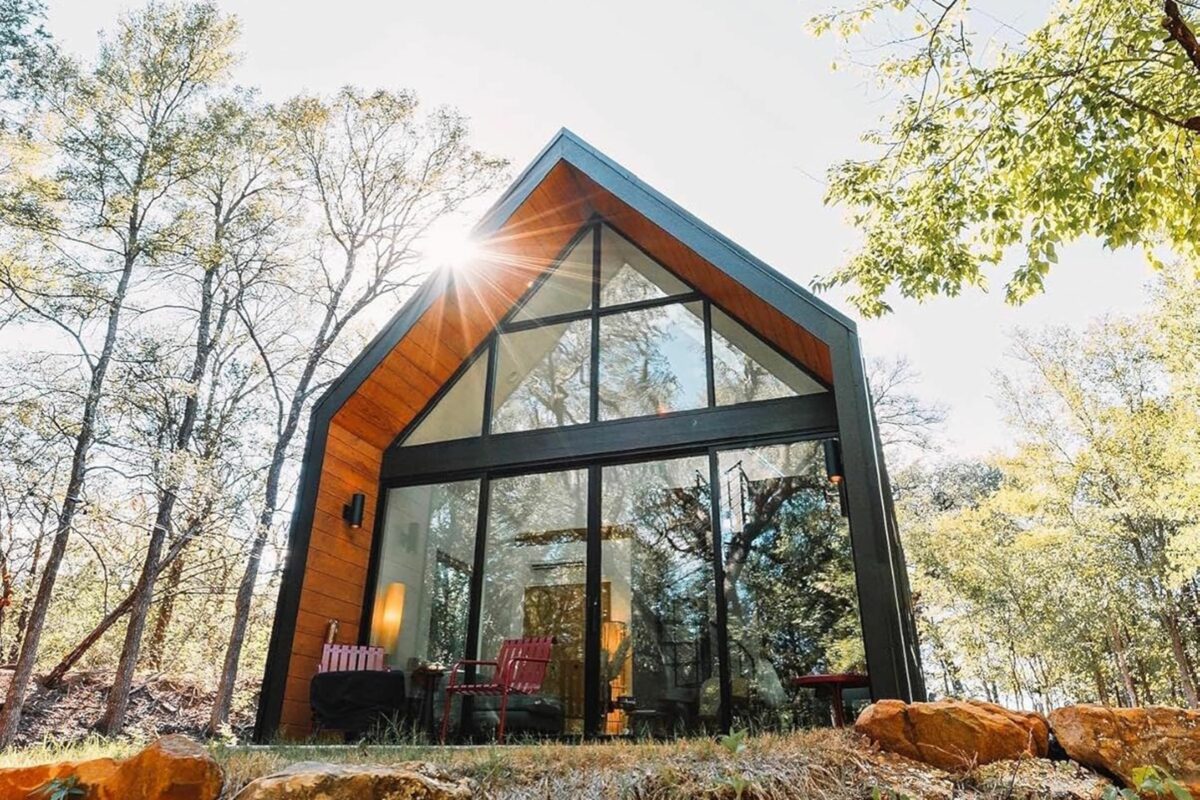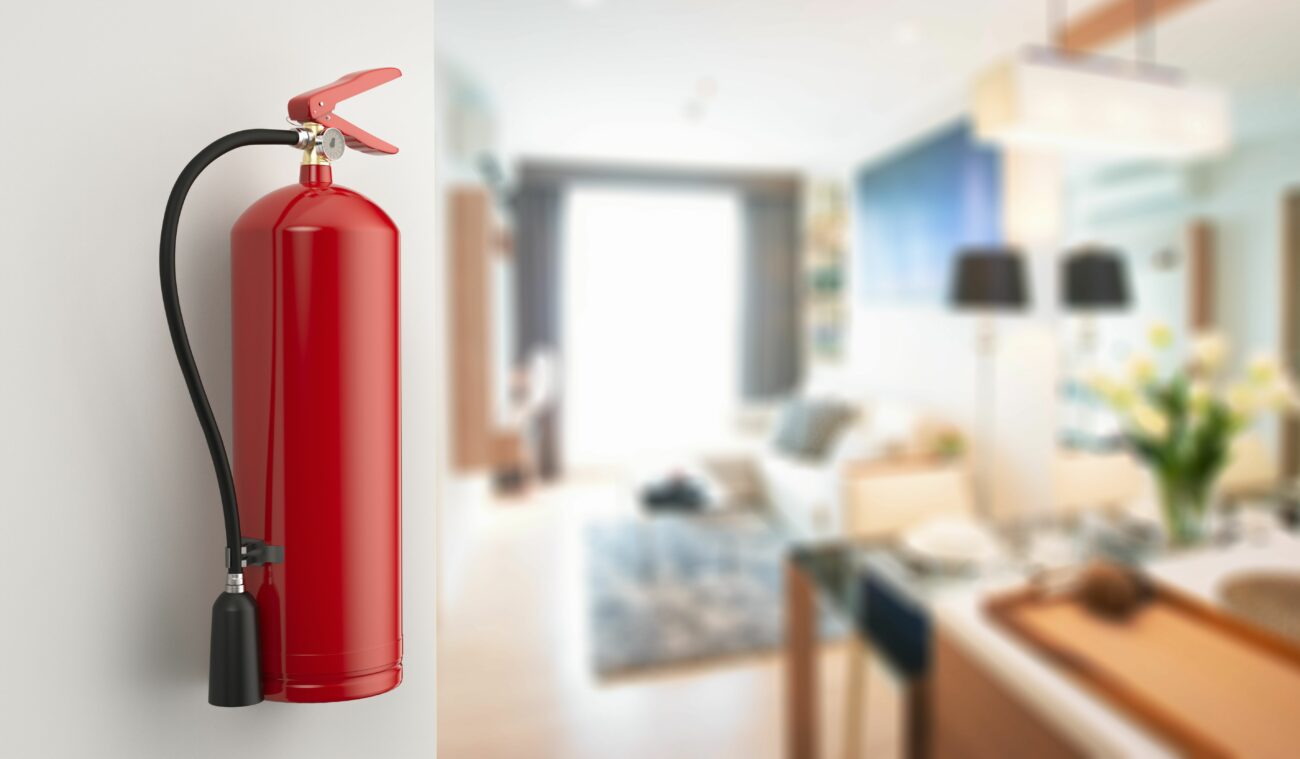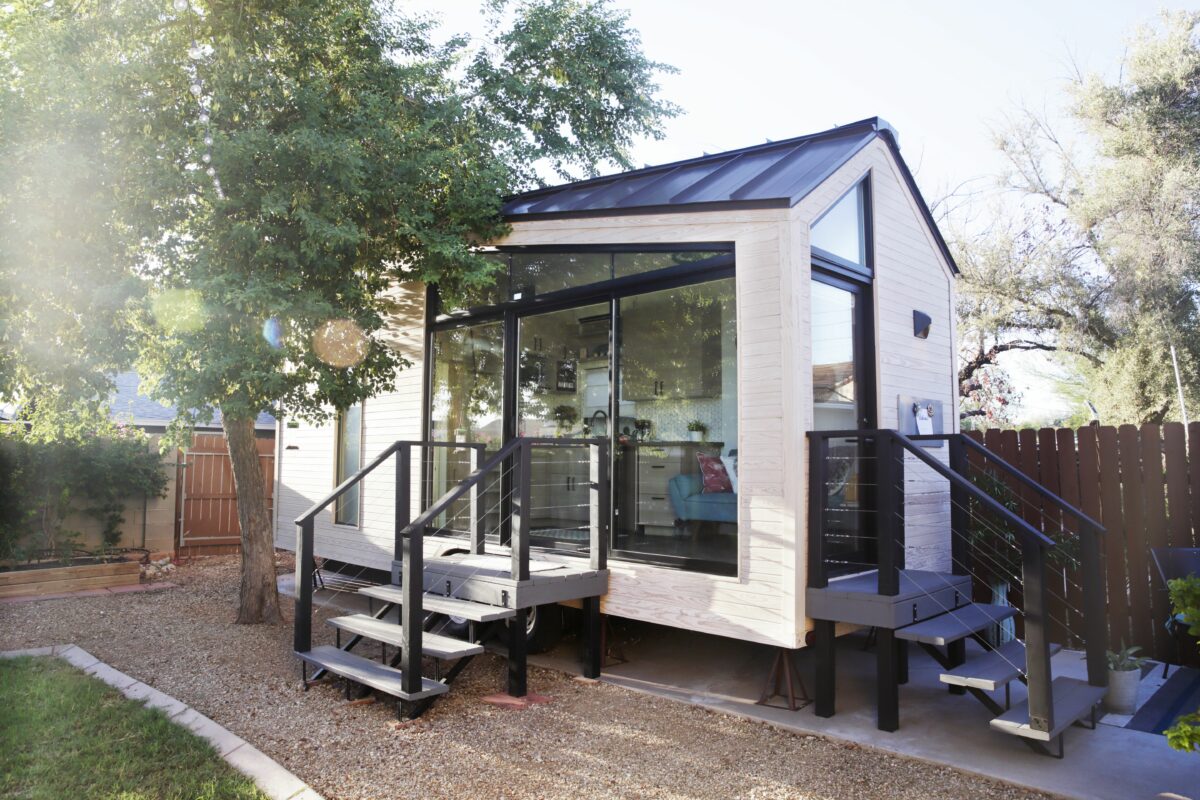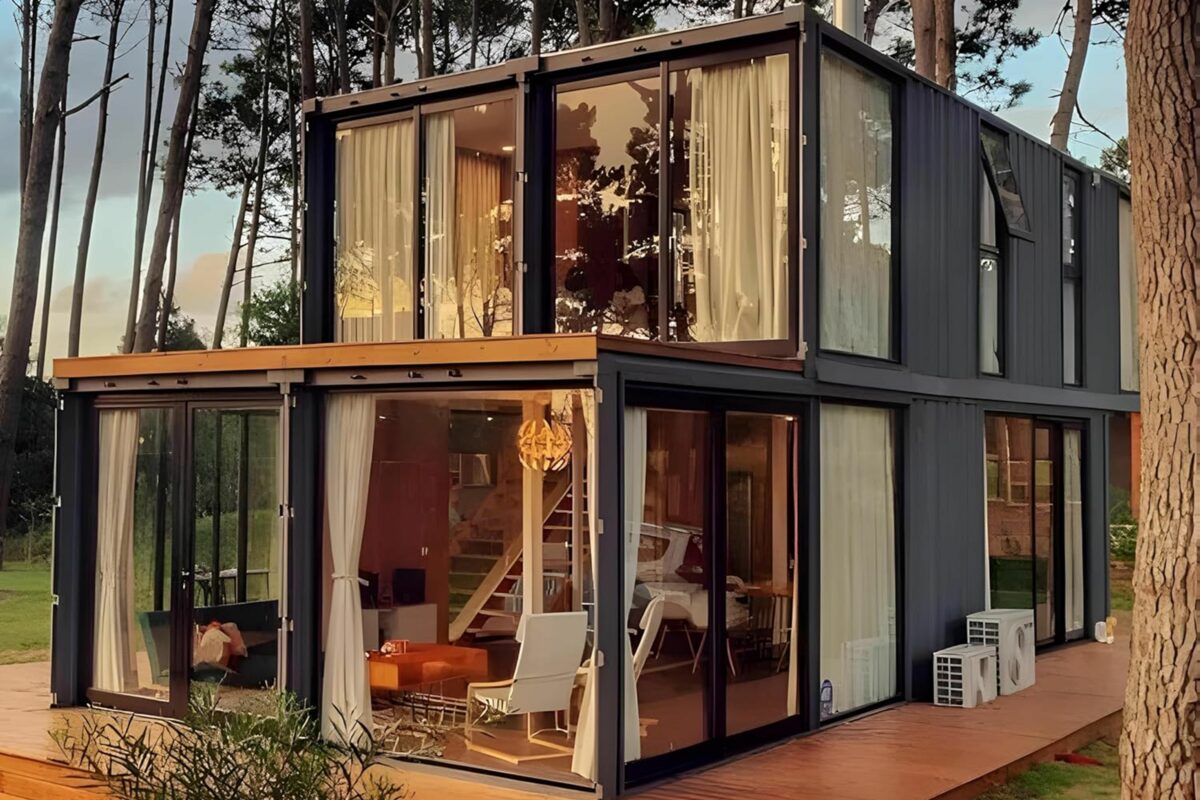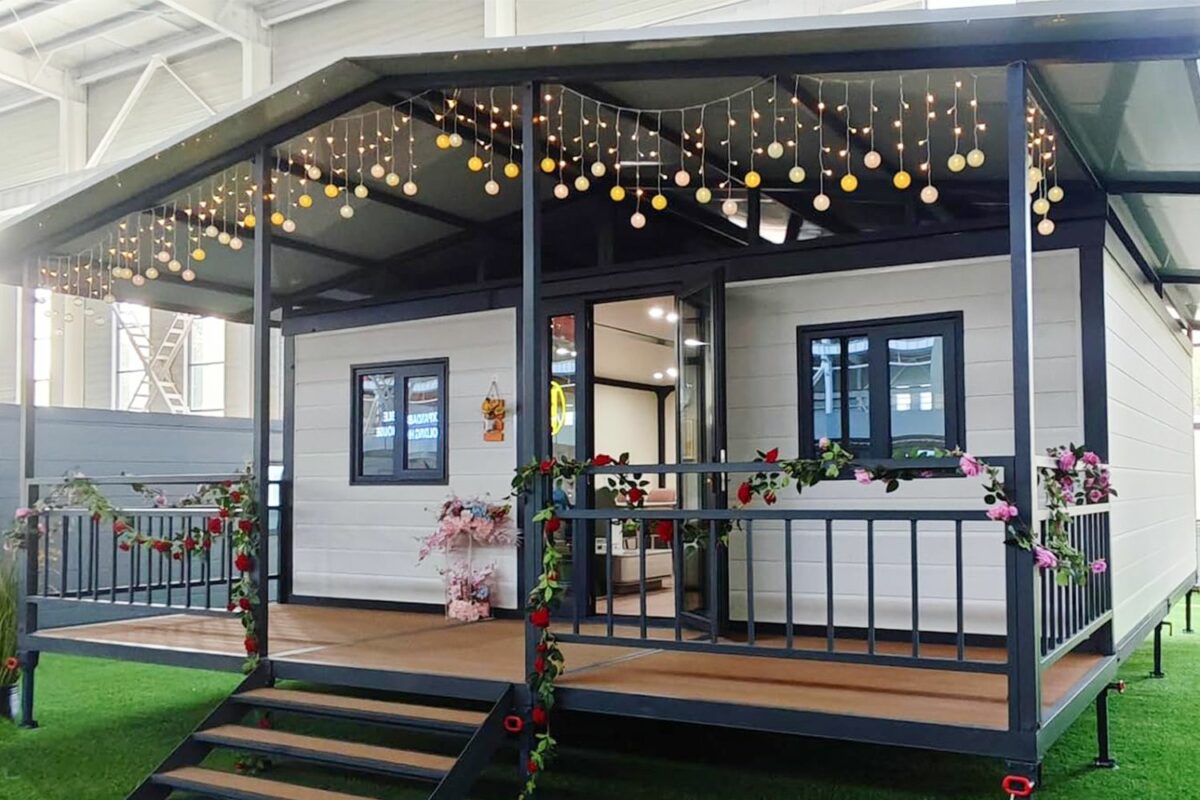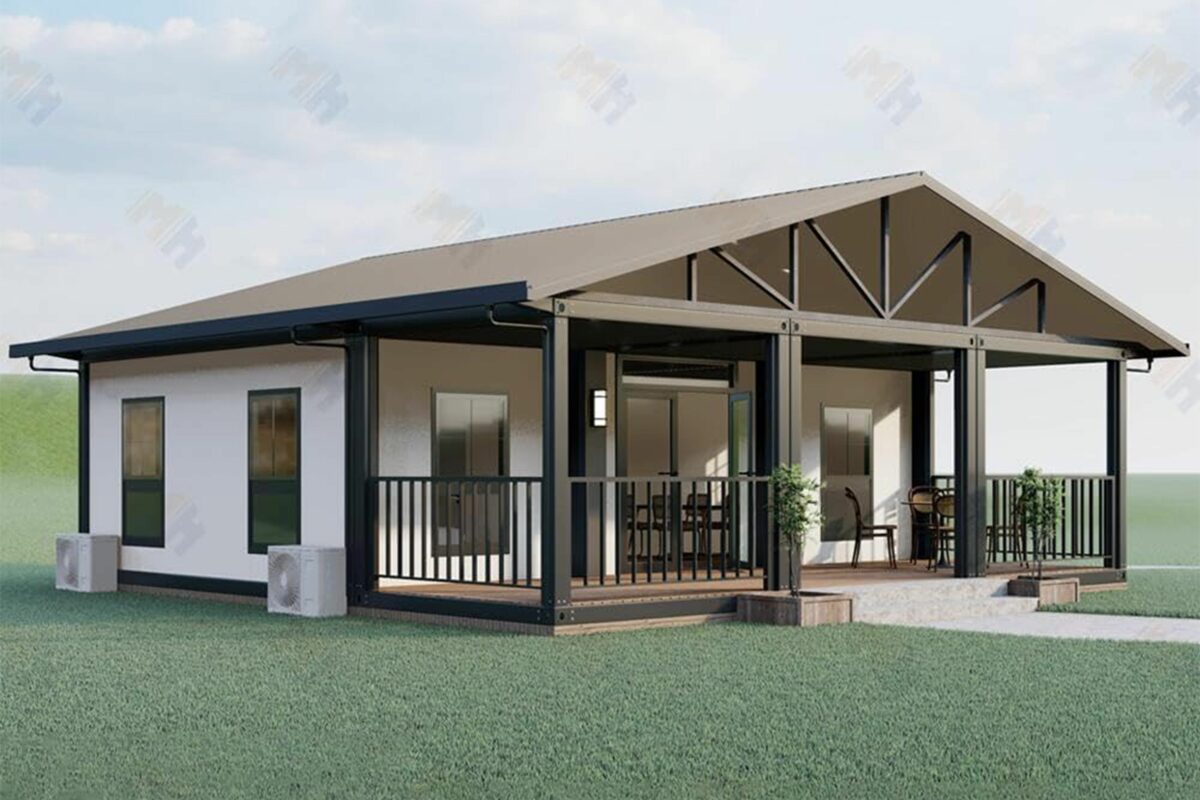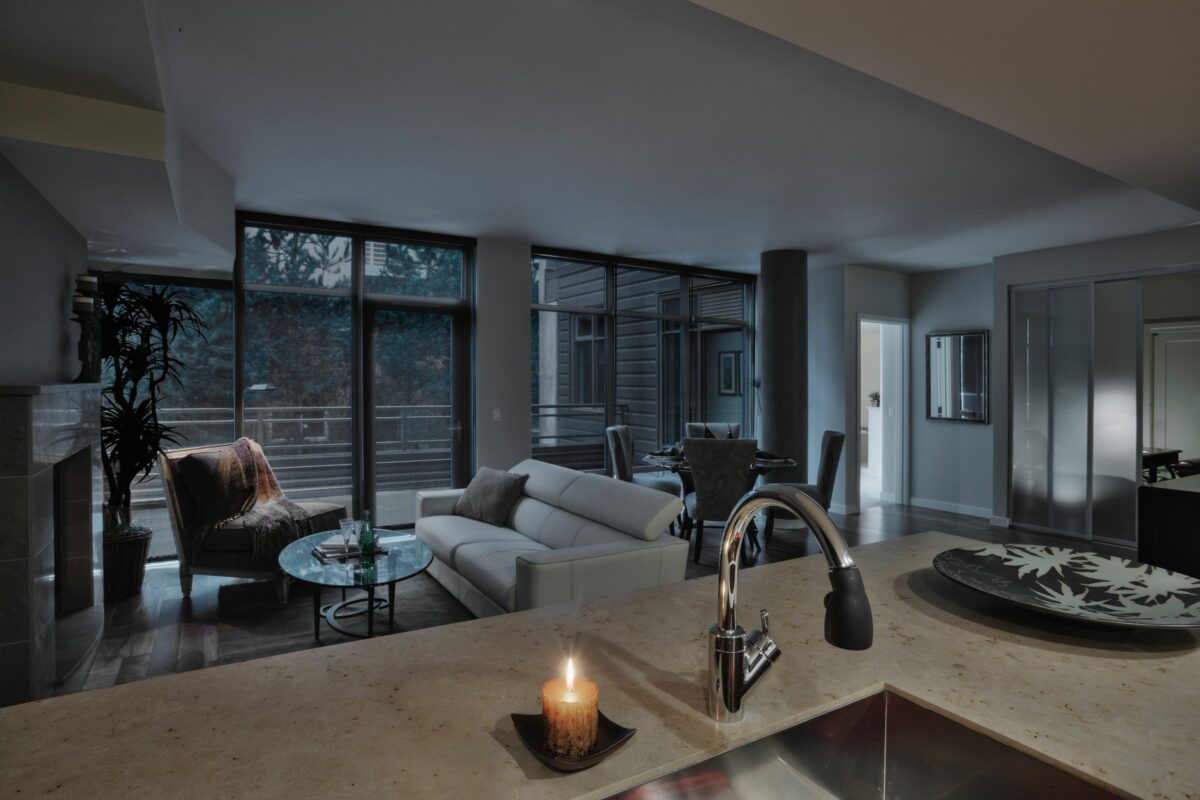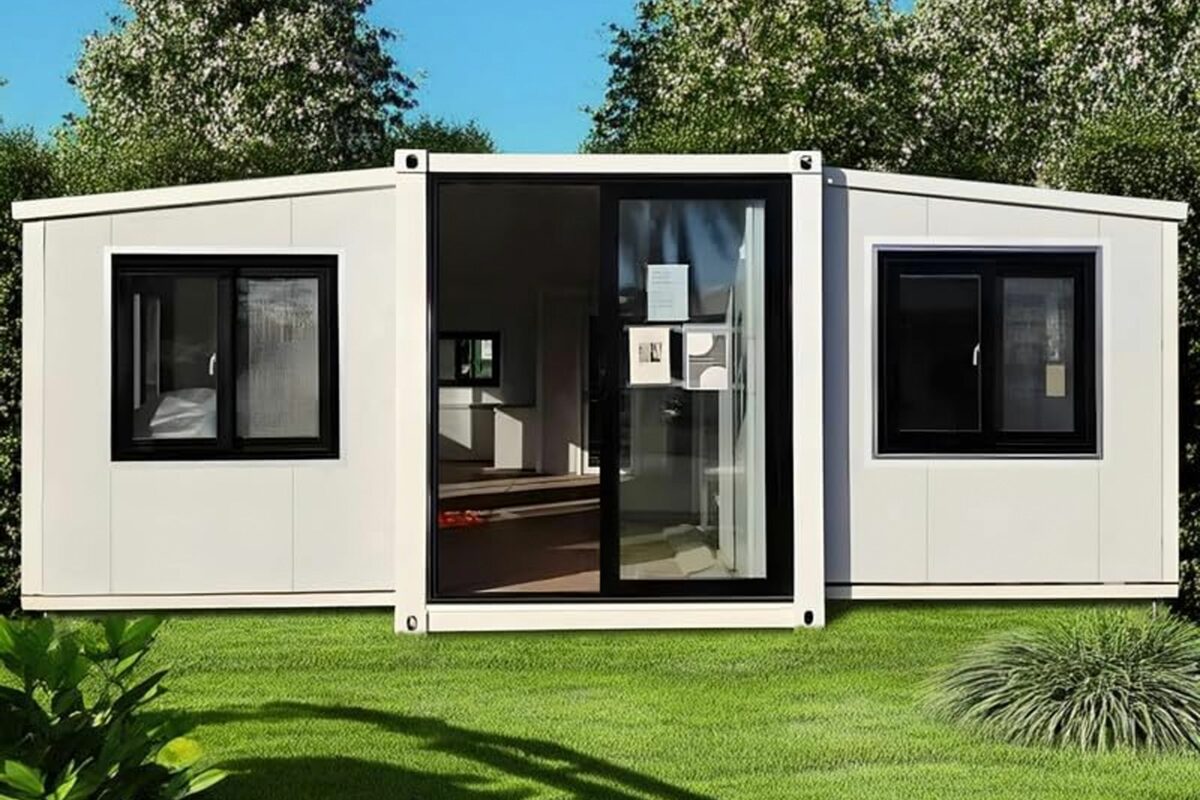In today’s real estate market, tiny homes are gaining popularity. Compared to traditional homes, tiny homes have numerous appealing benefits. They can cost a fraction of the average home price, and depending on the size, location, and design, have the added advantage of being relatively low maintenance. A reduced carbon footprint and less space for clutter can also spell freedom, both financially and geographically. Whether you want a tricked-out trailer, a cozy cottage, or an RV on the go, there are a few key things to consider before committing to building a tiny home.
Typically, tiny homes are between 100 and 600 square feet. While some tiny homes are built on foundations, some are built on trailers. Due to the significant rise in the cost of living, tiny houses have become a preferred alternative to the coveted white picket fence. However, tiny homes come with the same headaches and heartbreaks as normal-size homes. Before you plan to build your own, here are a few essential things to consider.
Urbanology Designs
1. Location
While tiny homes can be mobile, it is important to carefully do your research about where you can stay and for how long. “First of all, you’ve got to find the perfect patch of land and ensure you’re going to have permission to build,” says Sarah Holmes, a homesteader living off the grid in a yurt outside Portland. “Even though it’s a tiny home, you may still need to comply with any zoning rules and regulations as defined at your state level or such. Don’t go through all of the effort of designing, building, or buying that tiny home before you’re sure that there won’t be issues down the line.”
There are some quirks and workarounds when it comes to the location of a tiny home, including some permissive regulations for portable dwellings. Holmes says some people add wheels to their tiny homes to comply with these requirements. Either way, you’ll want to read the deed and understand any building ordinances that could apply to your new home.
Even tiny homes on wheels can run into a few road bumps. Some temporary parking places will allow you to stay for up to two weeks before you have to move again. If you’re looking for a permanent spot in a mobile home park, make sure your home is registered as a mobile home first.
2. Power Options
Most tiny homes require power in order to be fully functional. For homeowners inspired by environmental advocacy, going green is ideal. When building your tiny home, you can choose to connect to the power grid or you can install solar panels or wind turbines.
Solar panels can be placed on the roof to capture sunlight and convert it for immediate or backup use. A roof-mounted solar panel system works great for most tiny homes and a ground-mounted solar panel system is an option for homes built on a foundation.
Wind turbines use the wind to produce renewable energy, but they require a solid attachment to the ground so they are stable even during high winds. No wheels are allowed for this option.
3. Material Possessions
If you’re downsizing to a tiny home, you’ll have a lot to adjust to, says Ben Kuhl of Shelf Expression, a Charlotte-based company that designs floating shelves. “You’ll need to be ruthless in your purge, and be okay with getting rid of things that you may have sentimental attachment to,” he says. After all, not everything from a traditional-sized home will fit in a tiny home, no matter how creative you get about hidden storage. To make a tiny home economical, you’ll need to let things go rather than hold onto them in storage. After all, you might eventually find that you’re paying more to store items you never see than to live in your tiny forever home.
4. Number of Occupants
The number of people living in your tiny home will determine the design to ensure that everybody is comfortable. When planning your tiny home build, consider whether your family will grow or shrink over the time you plan to reside in it. Also, consider visitors and pets. “In a tiny home, there is nowhere to hide. You’ll need to be comfortable with being in close proximity to your partner or housemates at all times,” says Kuhl. Also, if you’re used to hosting, know that guests will now reside in your living or sleeping areas. Otherwise, you’ll have to be okay with entertaining guests in a more public setting, suggests Kuhl.
5. Functionality
Every tiny home is different because people use their homes differently. Based on your needs, you can have a pre-fab or custom home built to serve. “Everything needs to have a function or a purpose,” says Holmes, who found clearing out unused items from her old apartment to be cathartic. Making space for the things she truly needed also meant tossing things that had lost their utility. Multifunctional items, like beds and chairs with storage, can improve the overall flow of the space, while tech tools can reduce the need for clunky electronics.
Laurie Black
6. Budget
Building a tiny home is rumored to be considerably cheaper than buying a pre-built tiny home, but the jury is still out. “If you’re planning to build your tiny home yourself, you can expect to spend anywhere from $10,000 to $60,000,” says Kuhl. “If you’re hiring someone to design and build your home, the price will be substantially higher, anywhere from $50,000 to $100,000 or more.”
Holmes agrees that the design cost of a tiny home will vary widely depending on the type of build and the developer. And that’s after you’ve bought the land and made it ready for water and power access. By now it might be obvious that while building a tiny home can be cheaper than building a new home of a larger size, it still isn’t cheap. So, budget for a few upsells on features you’ll really love and keep a savings cushion to cover future maintenance. Like any home, there will be wear and tear, and unexpected surprises, both big and small.


